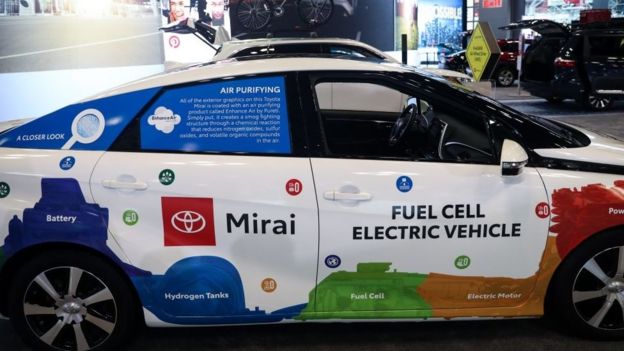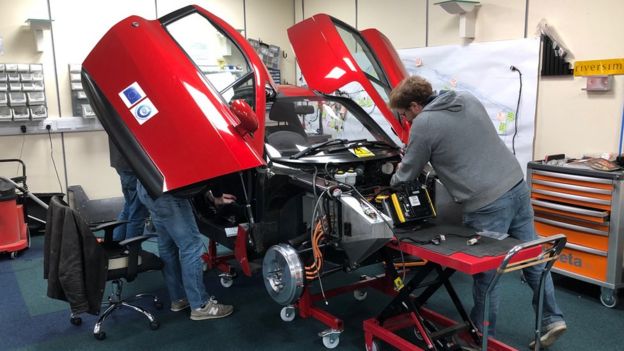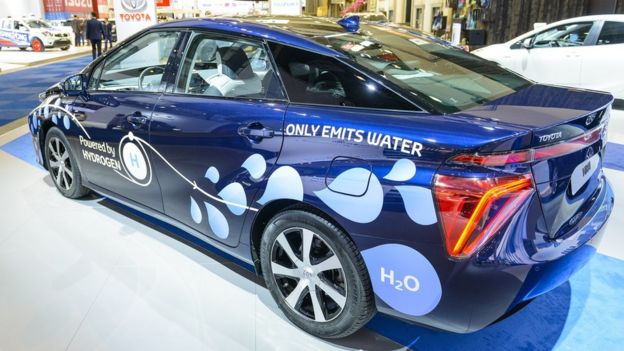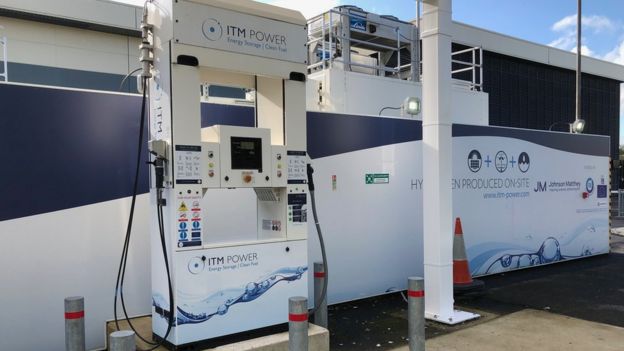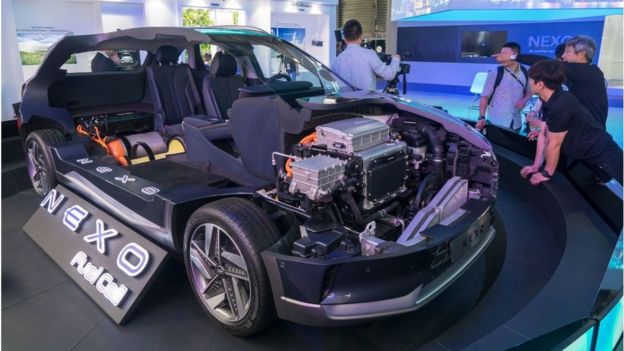
With a newly styled and possibly even fun-to-drive Mirai coming next year, talk of fuel-celled buses and semis on the horizon and with no signs of Toyota letting up on the fuel-cell throttle, we sat down for a few drinks with chief engineer Yoshikazu Tanaka to get details about Toyota’s fuel-cell philosophy. Here's what he had to say:
Read More >


